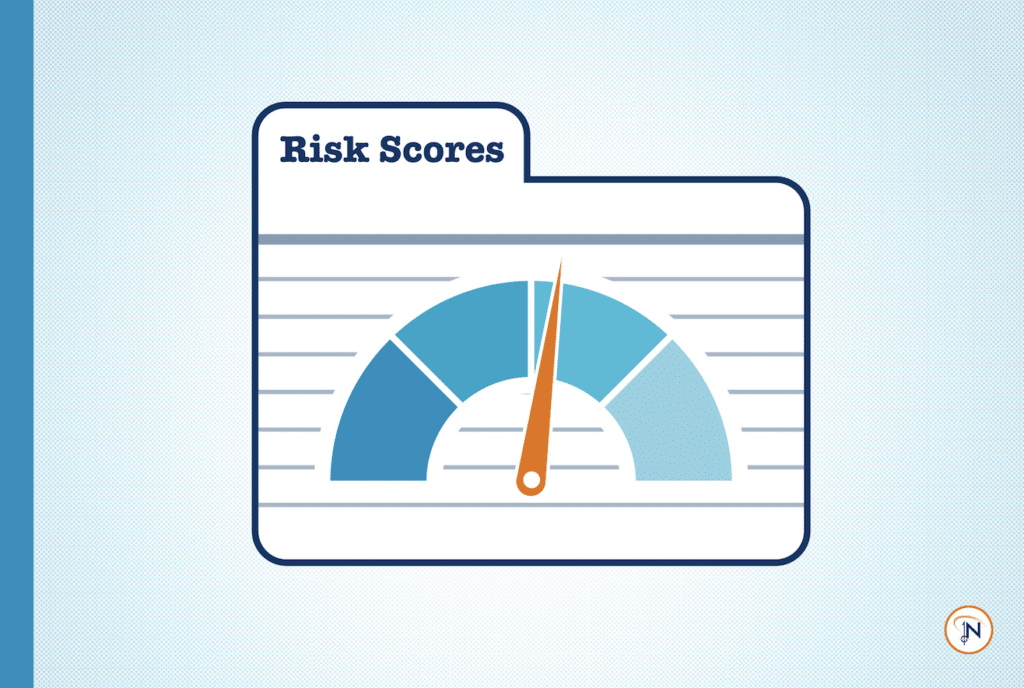A little of this, a little of that, a pinch of this, and voilà! You have a risk score.
If it seems like the COMPAS risk assessment uses a healthy dose of mystery and secret sauce to arrive at risk scores, let’s talk. An important part of using any tool to inform decision-making is ensuring everyone at your agency understands what the tool is actually doing.
“Every agency should know how the COMPAS risk scores are derived, and what is used to determine a recommended risk level,” said Chris Kamin, Interim General Manager of Northpointe. “It’s important to understand the details within the assessment algorithm so it is communicated correctly both within the agency and to other justice stakeholders.”
The COMPAS risk assessment is a predictive tool that helps agencies across the country effectively segment their population into different risk levels to inform decision-making. It looks primarily at static factors (e.g., criminal history) to predict the possibility of reoffense.
Here’s how the process works:
- Your team analyzes an offender’s criminal history records and asks them a predetermined list of questions, entering information and responses into the COMPAS assessment.
- Each response has a value assigned to it. The formulas used in the software incorporate weights that apply more severity to certain inputs. For example, “age at first arrest” is weighted the heaviest, as this is a major factor researchers have determined influences criminal behavior.
- The raw score is calculated based on the formulas in the software.
- The final risk score is provided for General and Violent risk, both using the following ranges: Low, Medium, Medium-High, and High.
Both General and Violent risk scores rely primarily on static factors, and many of the factors overlap.
Want to know more? Let’s talk. Understanding how your tools work is essential to making defensible decisions, and we’re here to help. Reach out to us today.







